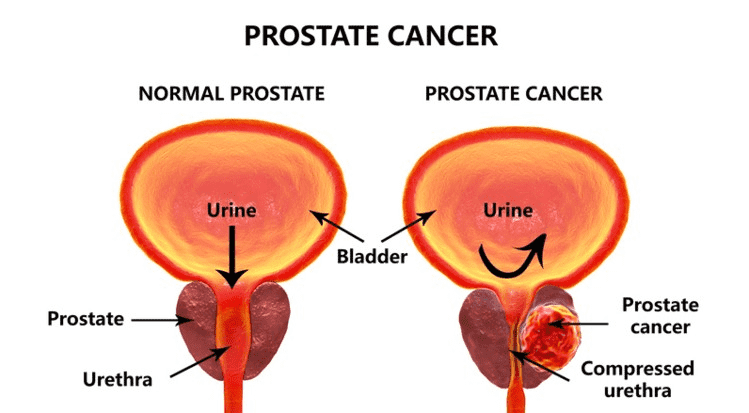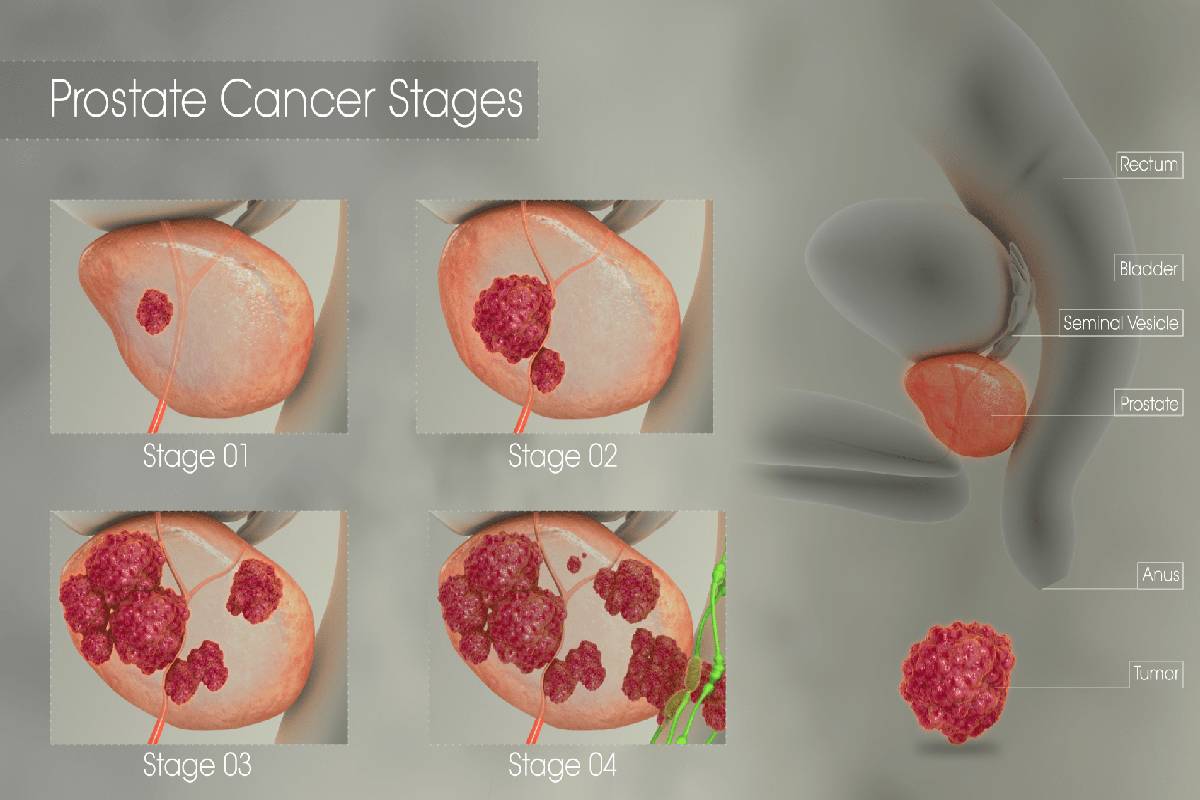If the prostate cancer organ becomes too large, it interferes with the ability for you to urinate normally. You may find that you cannot pass urine at all, or you may have difficulty passing urine.
Because you cannot rid your body of urine, this may cause secondary health issues such as prostatitis, urinary or bladder infections, benign prostatic hyperplasia, or prostate cancer. Cancer of the prostate is generally a very slow-growing cancer. It may take up to or more than 30-years before a tumor develops. Prostate cancer is one of the simplest cancers to treat, according to the National Cancer Institute.

The PSMA scan has high sensitivity. As this radiotracer is introduced into the prostate cancer, areas of the prostate light up on the scanner. The doctor can visualize cancer cells in the prostate gland, the lymph nodes, and any concurrent metastases.
This new imagining technique is advanced from traditional imaging because this image can detect cells as small as 3mm. This new image gives an ultimate, sharp resolution. Traditional imaging cannot do this.
This new image testing lets the doctor know what appeared to be cancer cells is not because the cells did not light up. There are several different treatment options and clinical trials that you can choose if your doctor has diagnosed you with prostate cancer. They are as follows.
Table of Contents
What is the prostate?
The prostate gland is simply below the bladder in the male body only. This gland protects semen from the acidic environment in the woman’s vagina and nourishes the sperm.

Know where the prostate is located.
The prostate organ is found just below the bladder directly in front of the rectum. When a male reaches a certain age, there may be an increased risk for prostate cancer. The reason for this is that, along with the aging process, the prostate tends to grow.
Know the symptoms of prostate cancer
- Frequent urination
- Blood in the urine
- Blood in the semen
- New symptoms of ED
- Possible pain or burning during urination
- Pain when sitting
- Straining on urination/weak urine flow
Know the treatment options for prostate cancer.
Precision Therapies/Radiation Therapy
This procedure does not require surgery and is considered non-invasive if the cancer is only in the gland. The surgeon can do localized treatment without surgery. A procedure called IMRT aims radiation of different strengths into different parts of the tumor. A procedure that introduces a higher dose of radiation over a shorter length of time is called hypofractionated radiation therapy. This therapy lasts about three weeks.
Brachytherapy
In this procedure, the surgeon implants microscopic radioactive seeds into the prostate. This procedure is done through computer-guided technology.
HIFU Procedure
This procedure is done through high-frequency Ultrasound. High-energy sound waves that are heated and introduced into the prostate to destroy the cancer cells.
Cryosurgery
This procedure calls for the insertion of tiny needles into the prostate. This procedure freezes and destroys cancer cells. If you have had radiation therapy and the cancer cells continue to grow, your doctor may perform salvage cryotherapy, as already explained.
Molecular Imaging
This procedure is being tested and maybe may become a newer therapy that gives the doctor the ability to visualize and treat this cancer that has metastasized.
Surgical Intervention
This surgical procedure can be minimally invasive if the doctor chooses to do a robotic procedure. One procedure is called a nerve-sparing prostatectomy and nerve transplant procedure.
There is a protein called glycoprotein or PSMA. This protein is located on the surface of prostate cells. This protein proves to be a target that stages cancer and treatment and considers a tracer.
Length of treatment to eliminate prostate cancer?
It may take 1-2 months to eliminate prostate cancer. All patients are different and react differently to cancer and its treatment.
Early detection can lower metastatic risks.
Early detection is found during yearly physicals and reporting any of the notes signs or symptoms of urinary difficulty.
No Treatment Option
The doctor may tell you that you don’t require any treatment at this time. However, your doctor will monitor specific labs such as frequent PSA tests, doctor visits, and perhaps a yearly biopsy of the prostate. This is good news for you if newly diagnosed with prostate cancer.

